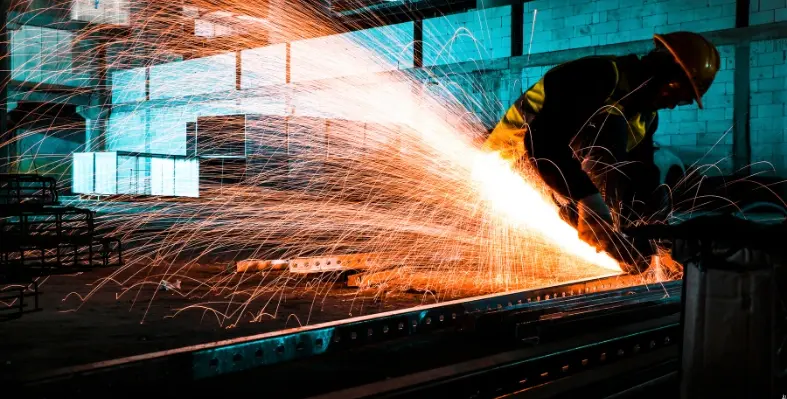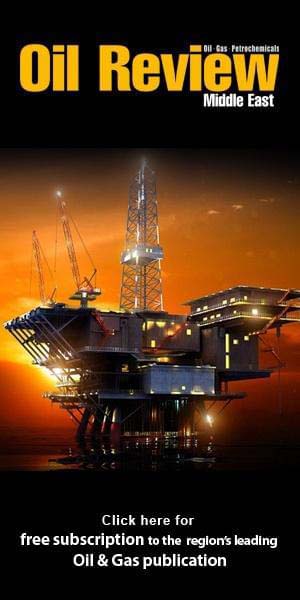A report by Betterhomes suggests that the base 10% tariffs on the UAE levied by the Trump administration are unlikely to affect UAE industries
While the 25% tariffs imposed by the US on these key materials have created global uncertainty, Dubai’s diversified economy, robust trade infrastructure, and status as a re-export hub significantly cushion it from potential negative impacts.
In 2024, the UAE exported 350,000 tonnes of aluminium to the United States, making it the second-largest aluminium supplier to the American market. However, this relationship is unlikely to be substantially undermined by the tariffs. Unlike Canada and Mexico, the UAE has not been exempted from duties. Yet, the ongoing political engagement between the US and Gulf states signals room for bilateral negotiations, especially as the US looks to reduce dependence on Canadian imports.
Strategically, this opens a potential opportunity for the UAE to expand its aluminium exports to the US. Should a bilateral trade deal materialise, it could not only secure preferential access for Emirati aluminium but also strengthen the UAE’s role in global metal supply chains, particularly in sectors like aerospace, automotive, and defence.
Besides, the UAE’s domestic aluminium industry remains strong and well-positioned. With the US announcing a US$1.4tr investment in its own aluminium smelting capacity, future demand could shift more towards domestic consumption, but the high-quality aluminium produced in the UAE will likely remain competitive.
On the steel front, the US tariffs may trigger cost increases in international markets, but Dubai’s construction sector seems to be protected for now. As the UAE is not directly subject to reciprocal import duties on construction materials, price volatility will more likely be driven by currency fluctuations and shipping costs rather than trade restrictions. Moreover, Dubai’s construction pipeline remains vigorous, with more than 3,500 real estate and infrastructure projects underway.
A diversified economy
Dubai’s ongoing expansion in logistics and infrastructure, backed by a substantial government budget allocation (around AED 2.6 billion for transportation and logistics this year) supports sustained activity in the construction sector.
The city’s construction boom is not solely reliant on imported steel and aluminium from the US, as it sources materials from a diversified group of partners across Asia, Europe, and the broader MENA region. This geographical diversification further insulates Dubai from direct supply shocks related to US trade policies.
Another crucial factor is Dubai’s emergence as a global trade and transshipment hub. Free zones like Jebel Ali provide platforms for rerouting goods to avoid tariffs, enabling companies to adapt to shifting trade dynamics. This resilience reinforces Dubai’s attractiveness to investors and manufacturers seeking stability amidst geopolitical unpredictability.
Real estate continues to thrive. Despite macroeconomic pressures, April 2025 alone recorded AED 46 billion in real estate transactions, reflecting a 23% month-on-month surge.
Betterhomes reports that interest from US and Chinese investors rose sharply following the implementation of tariffs, with website traffic from these regions jumping by 60%. This renewed interest highlights how instability in one part of the world can enhance Dubai’s appeal as a stable, strategically located destination for capital investment.
While non-oil GDP in the UAE may slow down due to global trade turbulence, government policies aimed at diversification and innovation are already mitigating such risks. The Dubai Real Estate Strategy 2033 and the aim to double foreign direct investment to US$65bn by 2031 across sectors such as logistics, finance, and renewable energy show the country’s economic resilience.





